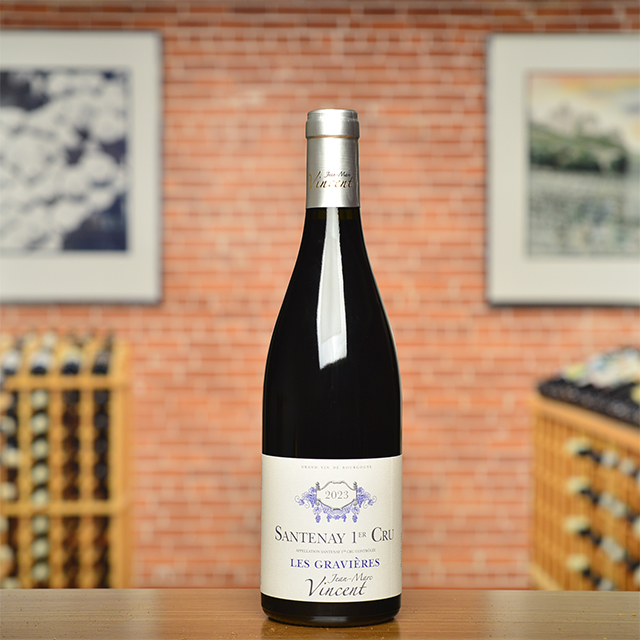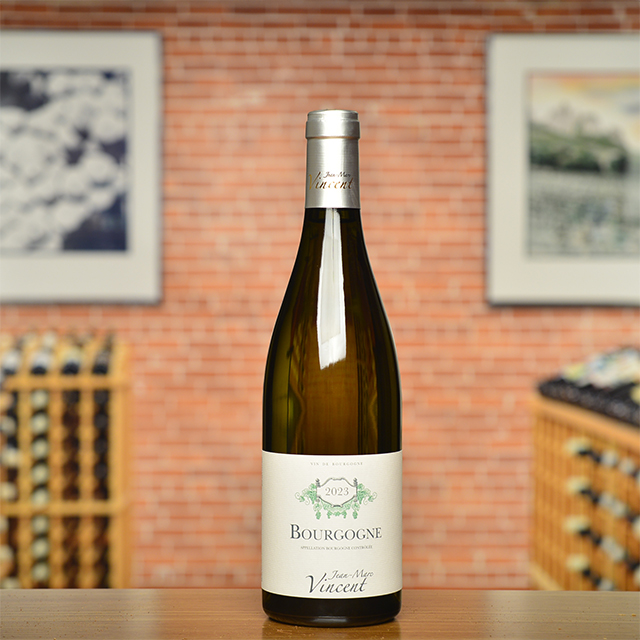Notify me
2018 Sancerre
Daniel Chotard
Daniel recently passed the reins of the cellar over to his son Simon, who shares his mischievous smile and indomitable curly hair, and makes wines of impressive balance, finesse, and maturity for his young age.
This 2018 is no exception. An intense exotic nose lures you in before the minerality channels the lightning energy of this pure Sauvignon Blanc, jostling you wide awake. There’s electricity in the air, no? Or maybe it’s just Daniel’s accordion...
—Julia Issleib
| Wine Type: | white |
| Vintage: | 2018 |
| Bottle Size: | 750mL |
| Blend: | Sauvignon Blanc |
| Appellation: | Sancerre |
| Country: | France |
| Region: | Loire |
| Producer: | Daniel Chotard |
| Vineyard: | 10.51 ha, 5-65 years |
| Soil: | Clay, Limestone, Kimmeridgian marl |
| Farming: | Lutte Raisonnée |
| Alcohol: | 14.1% |
More from this Producer or Region

2024 Reuilly “Les Pierres Plates”
France | Loire
Grassy and piquant with a citrus and mineral-tinged finish, it checks all the boxes.
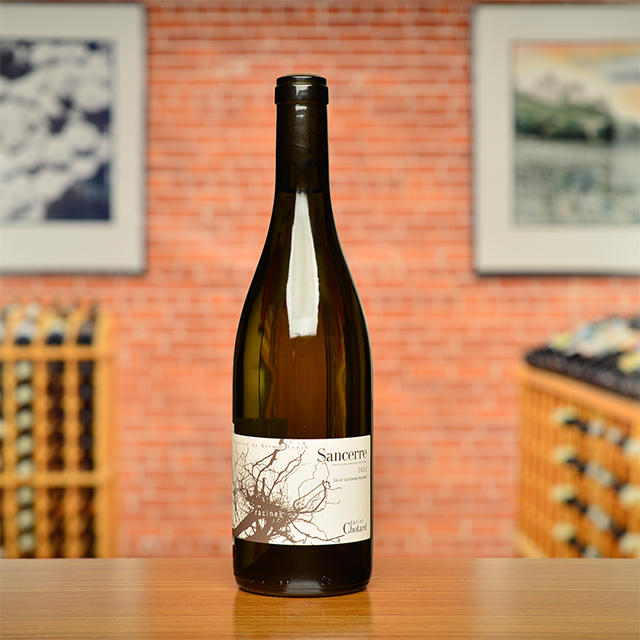
2023 Sancerre “Racines”
France | Loire
It combines the racy acidity and taut mineral structure imparted by the Kimmeridgian limestone terroir with a subtle kiss of oak and a fine wood grain on the finale.
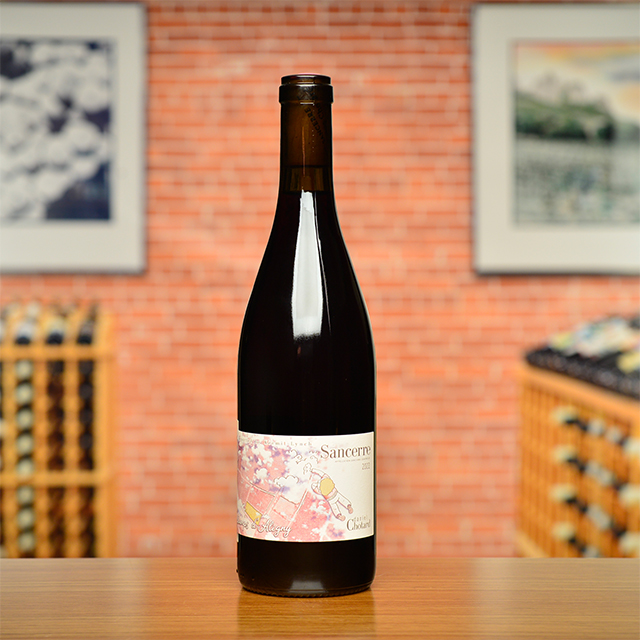
2022 Sancerre Rouge “Champs d’Alligny”
France | Loire
Previously blended into the domaine’s Sancerre rouge, the Champs d’Alligny is now its own bottling, a successful experiment if there ever was one.

2024 Bourgueil “Trinch!”
France | Loire
Peppery and bright, earthy and juicy all at once.

2020 Saumur Champigny “Clos de l’Échelier”
France | Loire
Fine, with bright acid, sleek silkiness, and great length, it is the most elegant of all of Thierry’s red wines.
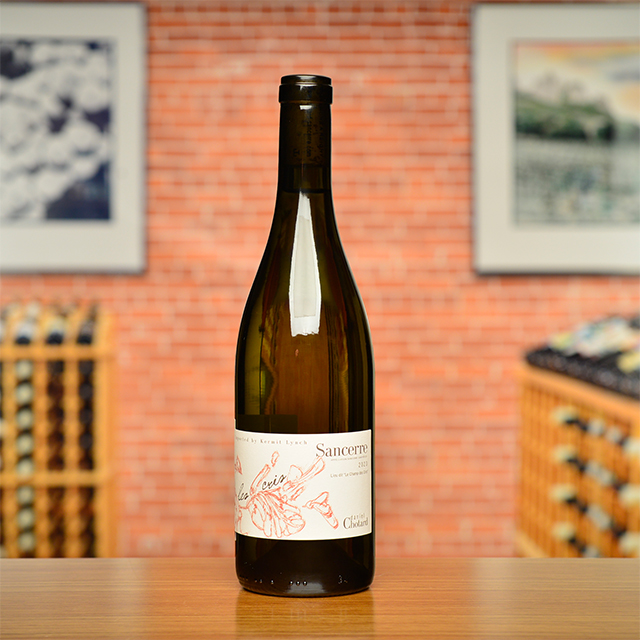
2023 Sancerre “Les Cris”
France | Loire
Simply gorgeous, the Cris is sublimely perfumed, generous on the palate, and long and saline on the elegant finish.

2022 Saumur Champigny “Terres Chaudes”
France | Loire
Thierry has perfected the art of coaxing this Cabernet Franc’s soulfulness and elusive finesse into bottle.

2024 Pouilly-Fumé “Vieilles Vignes”
France | Loire
The classic Sauvignon Blanc characteristics are present, but understated—floral notes, subtle citrus, a cool grassiness—and there’s a chalkiness so textural you can feel it as you taste.

2022 Jasnières “Cuvée Sainte Narcisse”
France | Loire
It might be the most unusual and most delicious top-quality sweet wine you have ever tried.
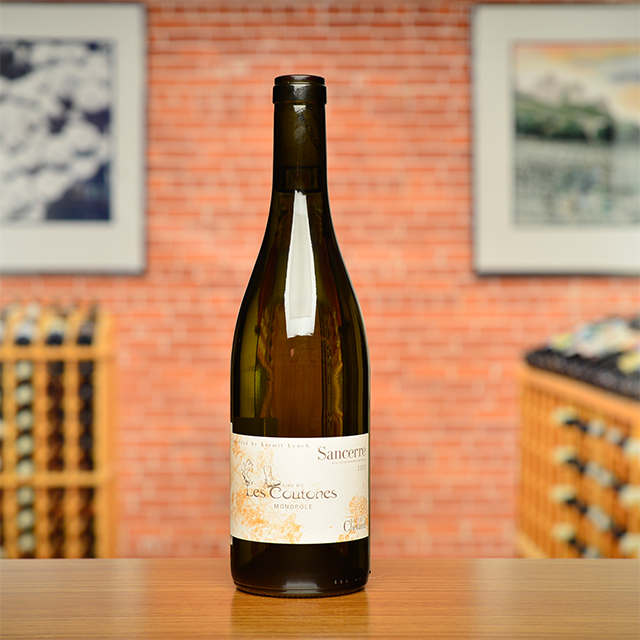
2023 Sancerre “Les Coutones”
France | Loire
A fleshy, full-bodied Sancerre with great freshness and the ability to age in bottle for a few years after release.
About The Producer
Daniel Chotard
About The Region
Loire

The defining feature of the Loire Valley, not surprisingly, is the Loire River. As the longest river in France, spanning more than 600 miles, this river connects seemingly disparate wine regions. Why else would Sancerre, with its Kimmeridgian limestone terroir be connected to Muscadet, an appellation that is 250 miles away?
Secondary in relevance to the historical, climatic, environmental, and cultural importance of the river are the wines and châteaux of the Jardin de la France. The kings and nobility of France built many hundreds of châteaux in the Loire but wine preceded the arrival of the noblesse and has since out-lived them as well.
Diversity abounds in the Loire. The aforementioned Kimmeridgian limestone of Sancerre is also found in Chablis. Chinon, Bourgueil, and Saumur boast the presence of tuffeau, a type of limestone unique to the Loire that has a yellowish tinge and a chalky texture. Savennières has schist, while Muscadet has volcanic, granite, and serpentinite based soils. In addition to geologic diversity, many, grape varieties are grown there too: Cabernet Franc, Chenin Blanc, Sauvignon Blanc, and Melon de Bourgogne are most prevalent, but (to name a few) Pinot Gris, Grolleau, Pinot Noir, Pineau d’Aunis, and Folle Blanche are also planted. These myriad of viticultural influences leads to the high quality production of every type of wine: red, white, rosé, sparkling, and dessert.
Like the Rhône and Provence, some of Kermit’s first imports came from the Loire, most notably the wines of Charles Joguet and Château d’Epiré—two producers who are featured in Kermit’s book Adventures on the Wine Route and with whom we still work today.
More from Loire or France
2021 Saumur Blanc “Terres”
Thierry Germain France | Loire
2023 Sancerre Blanc “Pierre François Xavier Vieilles Vignes”
Domaine Roger Neveu France | Loire
2020 Bourgueil “Les Perrières”
Catherine & Pierre Breton France | Loire
2020 Saumur Blanc “L’Échelier”
Thierry Germain France | Loire
2024 Jasnières
Pascal Janvier France | Loire
2024 Cheverny
Domaine du Salvard France | Loire
2019 Saumur Blanc “Le Clos du Moulin”
Thierry Germain France | Loire
2020 Chinon “Clos du Chêne Vert”
Charles Joguet France | Loire
2024 Vin de France Brut Nature “Elle est pas bulle la vie?”
Catherine & Pierre Breton France | Loire
2024 Menetou-Salon Blanc “Le Prieuré”
Prieuré de Saint Céols France | Loire
2021 Chinon “Les Varennes du Grand Clos”
Charles Joguet France | Loire
2022 Quincy “Château de Quincy”
Domaine Trotereau France | Loire
2021 Saumur Blanc “Terres”
Thierry Germain France | Loire
2023 Sancerre Blanc “Pierre François Xavier Vieilles Vignes”
Domaine Roger Neveu France | Loire
2020 Bourgueil “Les Perrières”
Catherine & Pierre Breton France | Loire
2020 Saumur Blanc “L’Échelier”
Thierry Germain France | Loire
2024 Jasnières
Pascal Janvier France | Loire
2024 Cheverny
Domaine du Salvard France | Loire
2019 Saumur Blanc “Le Clos du Moulin”
Thierry Germain France | Loire
2020 Chinon “Clos du Chêne Vert”
Charles Joguet France | Loire
2024 Vin de France Brut Nature “Elle est pas bulle la vie?”
Catherine & Pierre Breton France | Loire
2024 Menetou-Salon Blanc “Le Prieuré”
Prieuré de Saint Céols France | Loire
2021 Chinon “Les Varennes du Grand Clos”
Charles Joguet France | Loire
2022 Quincy “Château de Quincy”
Domaine Trotereau France | Loire
Kermit once said...

Kermit once said...
When buying red Burgundy, I think we should remember:
1. Big wines do not age better than light wine.
2. A so-called great vintage at the outset does not guarantee a great vintage for the duration.
3. A so-called off vintage at the outset does not mean the wines do not have a brilliant future ahead of them.
4. Red Burgundy should not taste like Guigal Côte-Rôtie, even if most wine writers wish it would.
5. Don’t follow leaders; watch yer parking meters.
Inspiring Thirst, page 174


